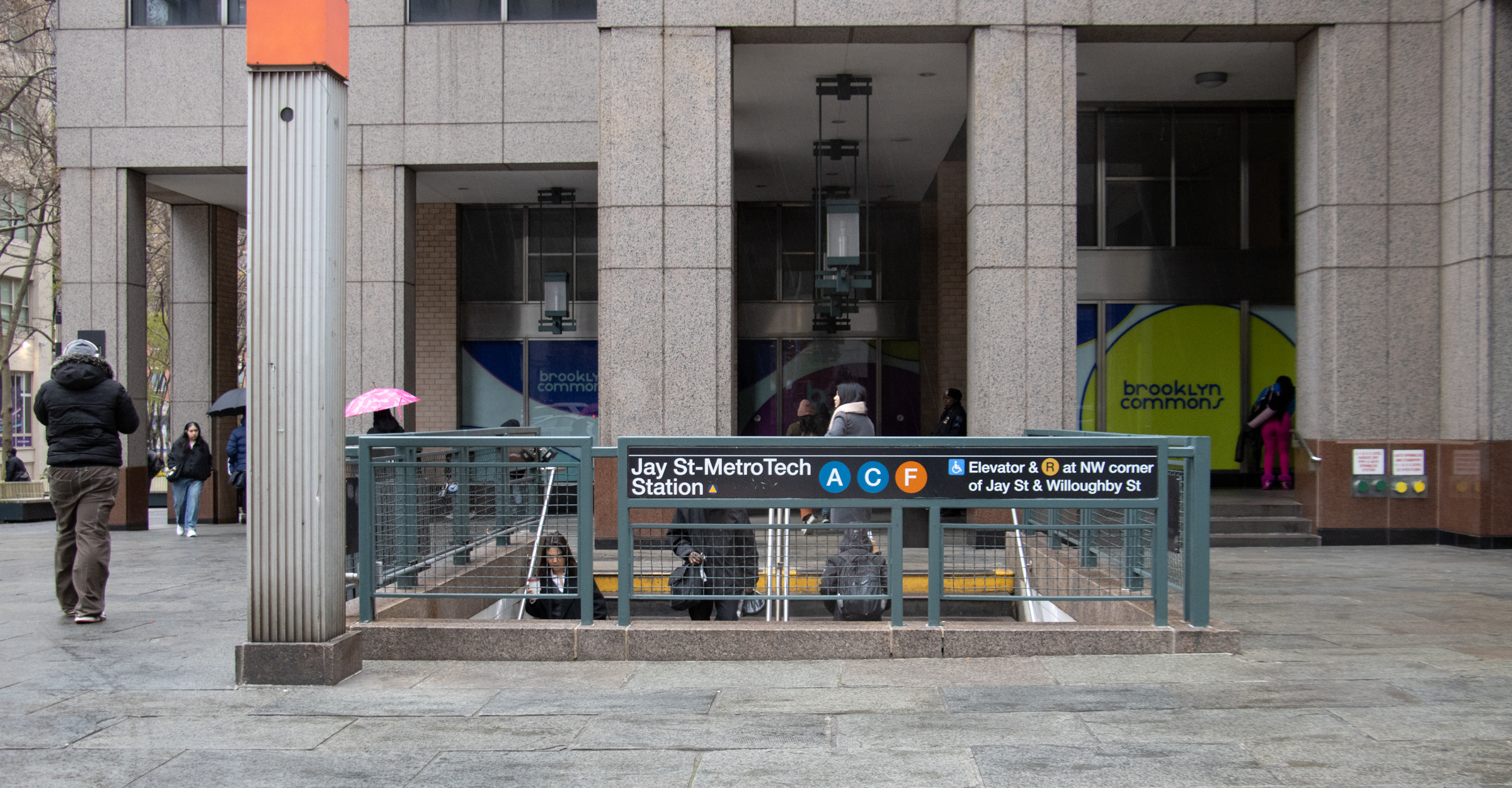Corcoran Market Report: We're OK, Actually
We got our hands on Corcoran’s Q2 sales data, and it shows that the state of the Brooklyn market isn’t quite as precarious as the Times made it out to be. The median price per square foot sales price of condos and co-ops is up 10 percent over this time last year, to $560,000, and…


We got our hands on Corcoran’s Q2 sales data, and it shows that the state of the Brooklyn market isn’t quite as precarious as the Times made it out to be. The median price per square foot sales price of condos and co-ops is up 10 percent over this time last year, to $560,000, and there was a 4 percent reduction in condo/co-op inventory. In terms of townhouses, while the median price on one-families was down 3 percent from Q2 ’07 levels, to $965,000, the median price on 2-4 families was up 6 percent, to $1,240,000. In fact, all the brownstone Brooklyn neighborhoods had pretty substantial price increases in the larger townhouse category, and inventory was extremely tight. The most startling figure in the report is the 15 percent decrease in median prices for Williamsburg condos, but even that doesn’t seem so horrible when you factor in that Corcoran had 47 percent more condo listings between April and June ’08 compared to the same three months in ’07. Another mediating factor to consider in viewing the drop in median price of Williamsburg condos: Many developers began skewing their mix of inventory towards studios and one-bedrooms since those were the units that were selling best; if there were more small apartments in the 2008 data, one would expect to see average and median prices declining. Conclusion: We don’t think the party’s over and done with in Brooklyn, either.
Manhattan ‘Still a Party’; Hangover for Williamsburg? [Brownstoner]





“Ok where can I get a brownstone in the United States? UMMMMMM nowhere except, NYC.”
Boston perhaps? Get out much?
“Comparing dirty, slimy, crime ridden NYC in the 80’s and 90’s to the Disney-land infused uber wealthy urban oasis that is NYC in 2008 is rather silly, even for you Brooklynnative.”
Not as silly as arguing that since NYC has the only brownstones in the US (which itself isn’t true – try going to other east coast cities such as DC, Baltimore or even Hoboken friend) that therefore “supply and demand is covered.”
Demand at what price? Who will be able to afford the $1000 per square foot brownstones which cost a fortune to maintain once the job cuts on Wall Street hit? Do you even realize that brownstone is a terrible material to apply to the exterior of a building and requires resurfacing about every 20 years because it’s so porous. There’s a reason why these buildings went into disrepair over time.
Ok where can I get a brownstone in the United States? UMMMMMM nowhere except, NYC. So let’s see supply and demand is covered. What city has the Most Jobs in the United States? NYC Enough said.
Comparing dirty, slimy, crime ridden NYC in the 80’s and 90’s to the Disney-land infused uber wealthy urban oasis that is NYC in 2008 is rather silly, even for you Brooklynnative.
You’re on a tear today, Brooklynnative.
Calm down. Your blood pressure is skyrocking.
Kinda like Brooklyn housing prices.
To inject actual data into this: Sales price per share in my coop increased 19% YTD from 2007. Previous annual increases in sales price/share — 2% in 2007, 17% in 2006 and 35% in 2005. But it took until 2001 for the price to get to where it had been in 1993 — with very few sales in 92-97. Of course you have to consider the mix of the apartments sold, but…
“As I’ve said many times here before, there is near infinite demand for housing in this borough of 2,300,000 people”
“I have said it thrice: What I tell you three times is true.†Lewis Carrol
“Say something once, why say it again. When I have nothing to say, my lips are sealed.” David Byrne.
Polemicist you’ve certainly made the argument before. However, maybe I’m a bit older than you and I can remember what happened to NYC after the last serious stock market crash in 1987. It wasn’t really until about 1990 that the real estate market really stared taking the hit. A very large percentage of your “infinite demand” is comprised of people in finance and the related industries. No city in the world will be as badly hit by all the cuts in the finance industry as NYC. When those severance checks run out, when the firms stop handing out those huge bonuses, when the related industries all start to suffer, see what happens. NYC used to have an incredibly diversified economy with longshoreman unloading the docks in Brooklyn and Manhattan, factory workers in the industrialized areas like Williamsburg and LIC, the garment workers in Manhattan. All this, and countless other jobs in other industries are now gone. The percentage of tax revenues derived from Wall Street is huge and irreplaceable. Once tax revenues go down the other huge employer – the public sector – will shrink. The state and city will cut jobs and services. See how demand is then effected.
Brooklynnative:
As I’ve said many times here before, there is near infinite demand for housing in this borough of 2,300,000 people – the vast majority of whom live in antiquated housing inferior to the nation as a whole.
There is no question current product will be absorbed. The question is at what price and whether or not units will be sold at a discount or rented until market conditions improve.
If history is a guide, many developers may be unwilling to sell at a discount if it means not being able to pay off their construction loan. They will instead try to rent the units and convert the short term construction loan into a long term loan.
Anyway, the corcoran numbers are pointless. I question the usefulness of median numbers in general with anything other than population demographics.
The more I think about this, the worse it looks. Total sales down 5% when a lot more product is hitting the market. Median price of condos down over 4%. Price per square foot up marginally but then you need to break that down further to see if there were a lot more studios sold in 2008. Mission Control, we’ve started our descent.